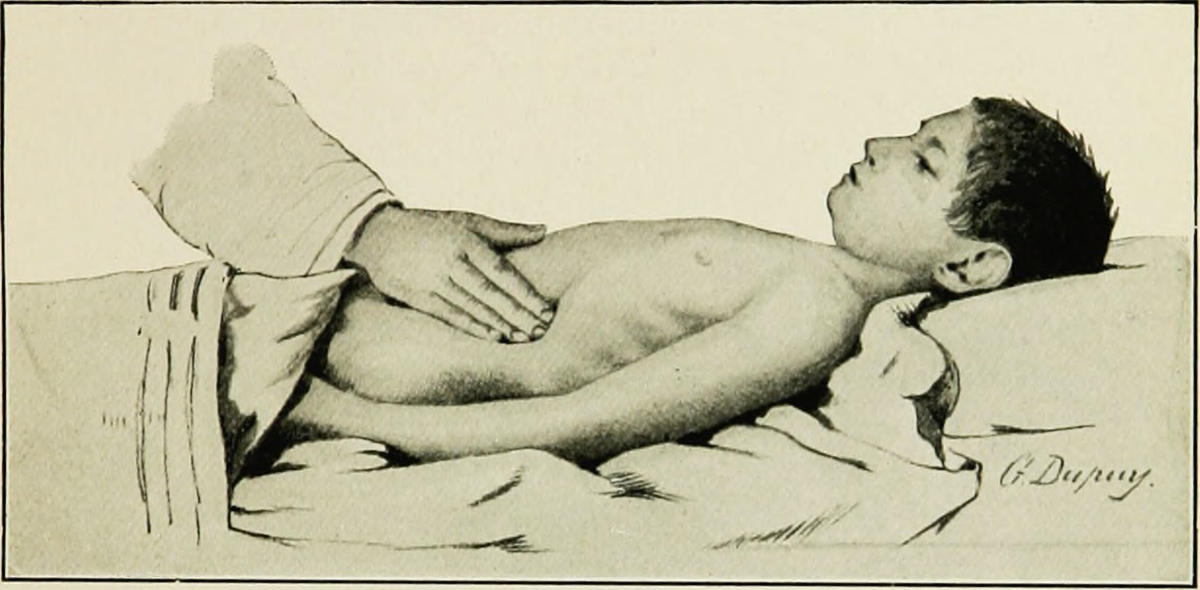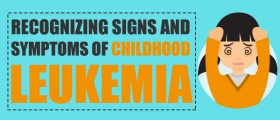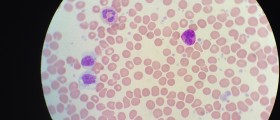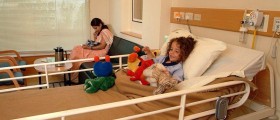
Enlarged spleen is not a disease per se. It represents a complication or a characteristic of some other medical conditions. Spleen enlargement commonly occurs in patients suffering from leukemia, anemia, lymphomas and some viral infections. Enlarged spleen is prone to capture and destroy blood cells. This way their number in blood may significantly decrease. Enlarged spleen may affect people of all ages, both children and adults.
Clinical Characteristics of Enlarged Spleen in Children
In many cases of enlarged spleen the condition is asymptomatic. If there are some symptoms and signs they may resemble symptoms and signs of some other medical condition. The child may complain about pain in the upper left abdomen or in the back. The pain either stays localized or may spread toward the left shoulder. The child may feel full after eating small portions of food and sometimes there is a noticeable loss of appetite.
In case the condition stays undiagnosed there is an increased risk of spleen rupture and potentially lethal exsanguination. This particularly occurs during sports and any kind of strenuous activities.
However, since spleen enlargement commonly accompanies other medical conditions the child will complain about symptoms of the primary disease and the spleen enlargement will be diagnosed during examination and search for the underlying cause of the primary illness.
Diagnosing Spleen Enlargement in Children
It is easy to confirm spleen enlargement in children. The organ can be palpated under the left rib cage. Normally the spleen does not exceed the level of the rib cage but if it gets bigger it can descend into lower portions of the abdomen and can be easily palpated through the abdomen. Confirmation of spleen enlargement is achieved with ultrasound of the abdomen. And finally, in some cases if CT of the abdomen is recommended the spleen enlargement can be successfully confirmed.
Treatment for Spleen Enlargement in Children
It is essential to identify the underlying condition, an illness responsible for the spleen enlargement. Once the diagnosis is confirmed and the condition treated the spleen returns to its original size. This effect is generally achieved if a person is suffering from some viral infections in which spleen enlargement is only temporary. During the recovery time and even after the spleen has returned to its normal size a person is strictly forbidden to participate in any kind of strenuous activity that may cause spleen rupture. Children whose spleen is enlarged due to malignant illnesses such as leukemia in children and lymphoma undergo different treatments such as chemotherapy and radiation therapy. And finally, in cases of other illnesses the spleen might need to be surgically removed.

















Your thoughts on this
Loading...